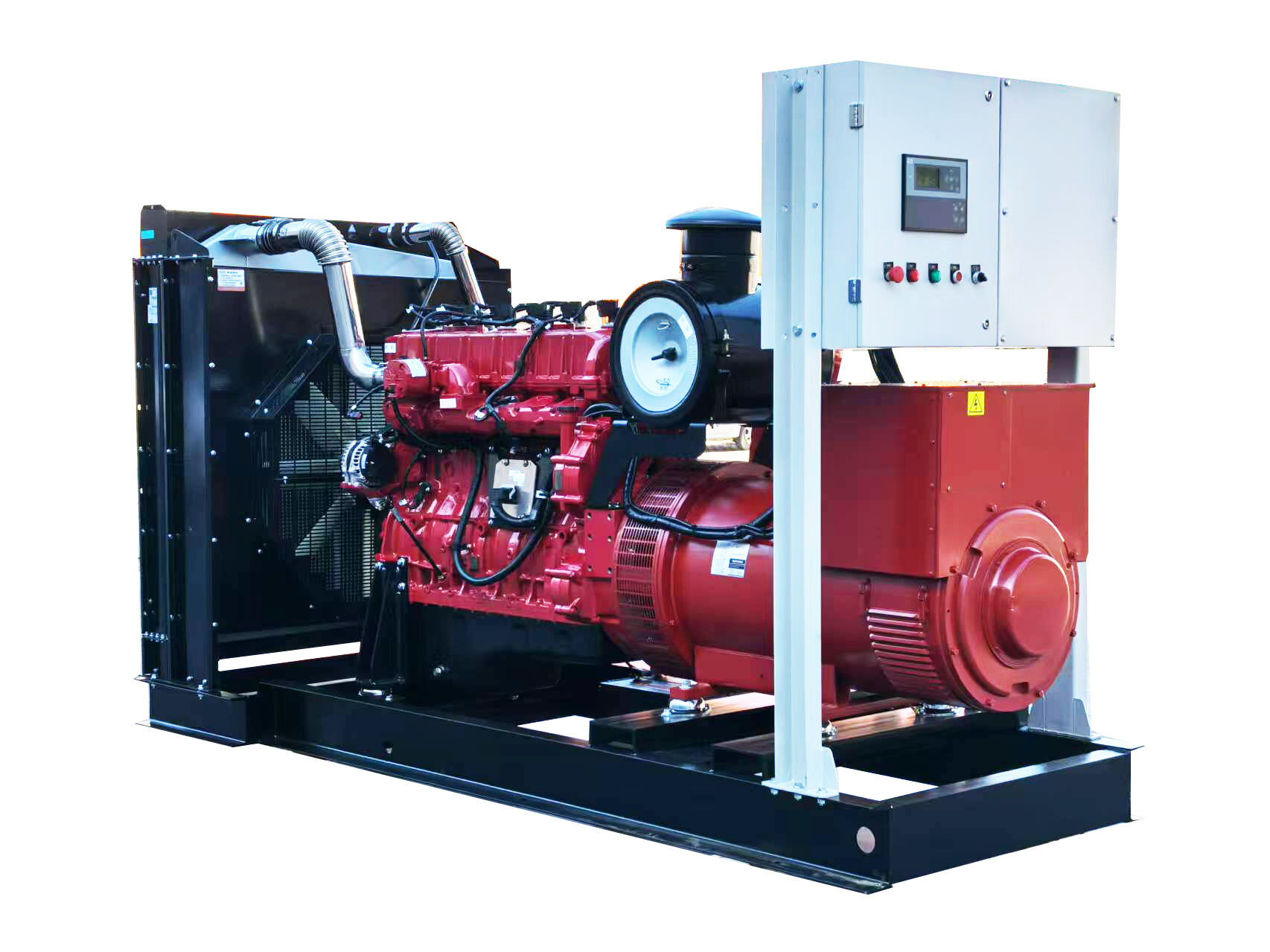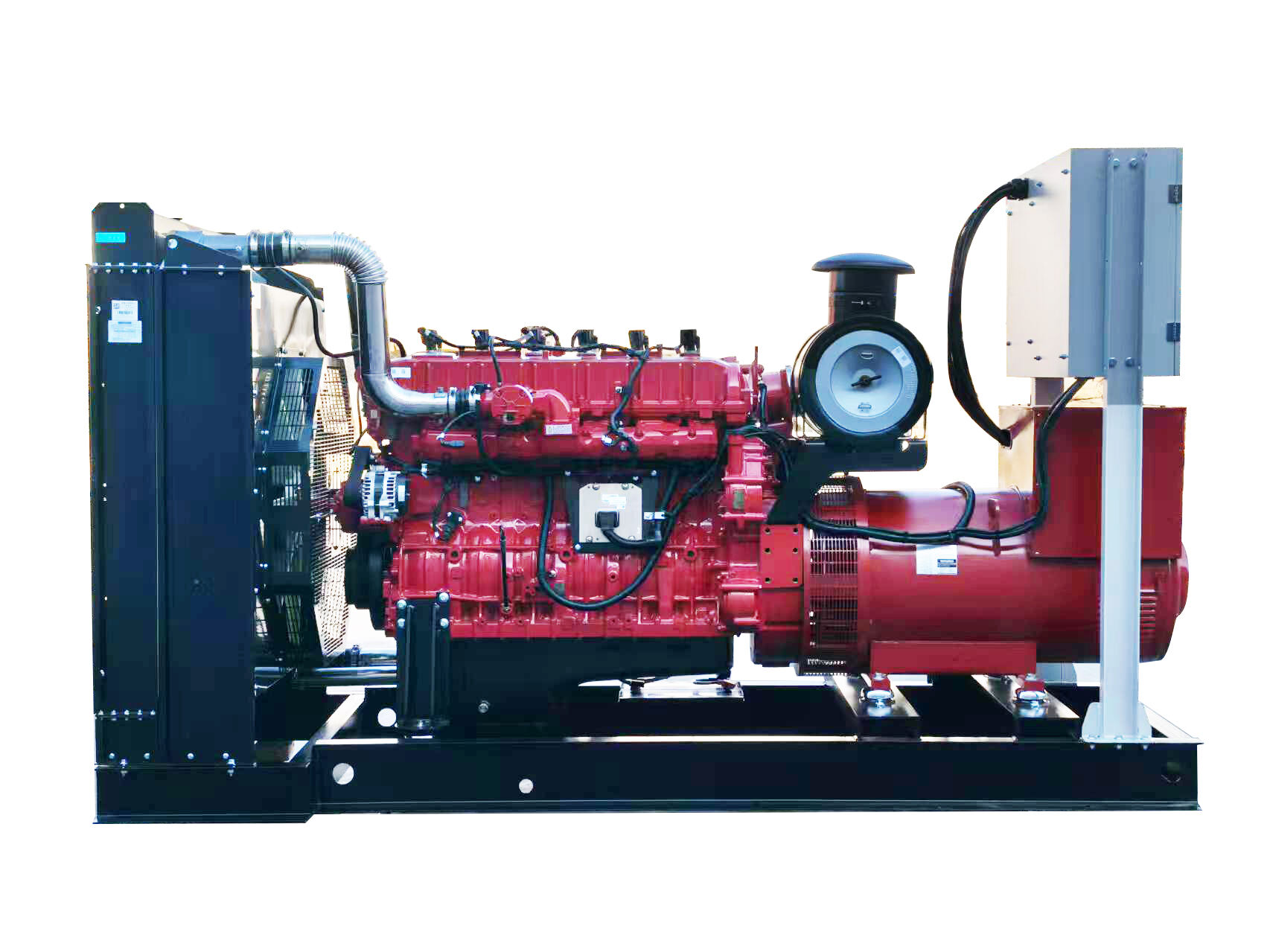Maintenance Tips for Gasoline Generators: Keep Them Running Efficiently
Gasoline generators are reliable sources of backup power, whether for home emergencies, outdoor events, or construction sites. However, their performance and lifespan depend heavily on regular maintenance. A well-maintained gasoline generator starts quickly, runs efficiently, and avoids costly breakdowns, while neglect can lead to poor fuel economy, engine damage, or even dangerous malfunctions. By following a structured maintenance routine, you can ensure your gasoline generator remains ready to perform when you need it most. Let’s explore essential tips to keep your gasoline generator running smoothly.
Regular Oil Changes: The Foundation of Generator Health
Oil is the lifeblood of a gasoline generator’s engine, lubricating moving parts, reducing friction, and preventing overheating. Over time, oil breaks down, becomes contaminated with dirt and debris, and loses its effectiveness—putting the engine at risk of wear and damage.
How Often to Change the Oil
- New generators: Change the oil after the first 20–30 hours of use. This removes metal particles and manufacturing residues that accumulate during the break-in period.
- Routine use: Change the oil every 50–100 hours of operation, depending on the generator’s age and load. For generators used in dusty or dirty environments (e.g., construction sites), shorten the interval to 50 hours.
- Seasonal storage: Always change the oil before storing a gasoline generator for more than 30 days. Used oil contains contaminants that can corrode engine parts during inactivity.
Best Practices for Oil Changes
- Use the oil type specified in the generator’s manual (typically 10W-30 or 5W-30 for most gasoline generators). Heavy-duty generators may require synthetic oil for better performance in extreme temperatures.
- Warm up the engine for 5–10 minutes before draining the oil—this makes the oil less viscous, ensuring it flows out completely, carrying more contaminants with it.
- Replace the oil filter every other oil change (or as specified) to prevent clogs that restrict oil flow.
Fuel System Maintenance: Prevent Clogs and Degradation
Gasoline is prone to degradation over time, especially when stored in a generator’s tank. Old fuel can form varnish and deposits that clog carburetors, fuel lines, and injectors, causing the generator to run rough, stall, or fail to start. Proper fuel system maintenance is critical for keeping a gasoline generator efficient.
Fuel Quality and Storage
- Use fresh, ethanol-free gasoline whenever possible. Ethanol-blended fuels (common in many regions) attract moisture, leading to phase separation (water and fuel separating), which damages the fuel system. If ethanol fuel is unavoidable, use it within 30 days and add a fuel stabilizer.
- Never store a gasoline generator with a full tank for more than 30 days without a stabilizer. Add a fuel stabilizer (follow the product’s dosage instructions) to the tank, run the generator for 10 minutes to circulate it through the system, and store with a full tank to minimize air (and moisture) inside.
Regular Fuel System Checks
- Inspect the fuel tank for debris or water every 3 months. Drain any water from the tank’s bottom using the drain plug.
- Clean or replace the fuel filter every 100 hours of operation. A clogged filter restricts fuel flow, reducing power output and increasing fuel consumption.
- For generators with carburetors (common in smaller models), clean the carburetor annually or if the generator sits unused for long periods. Use a carburetor cleaner spray to remove varnish deposits, ensuring smooth fuel delivery.

Air Filter Care: Ensure Proper Combustion
A gasoline generator’s air filter prevents dirt, dust, and debris from entering the engine, protecting internal components and ensuring efficient combustion. A clogged air filter restricts airflow, causing the engine to run rich (too much fuel, too little air), which reduces power, increases fuel consumption, and can damage the spark plug or catalytic converter.
How to Maintain the Air Filter
- Check the air filter every 25–50 hours of operation. In dusty environments, check it weekly.
- Clean foam air filters by washing them in warm, soapy water, rinsing thoroughly, and allowing them to dry completely before reinstalling. Apply a thin layer of clean oil to foam filters to trap more particles.
- Replace paper air filters when they are dirty or damaged—they cannot be cleaned effectively. Always have a spare air filter on hand, especially during emergencies.
- Ensure the air filter housing is sealed tightly after cleaning or replacement to prevent unfiltered air from entering the engine.
Spark Plug Maintenance: Reliable Ignition
The spark plug ignites the air-fuel mixture in the engine’s cylinder, and a worn or fouled spark plug can cause hard starting, misfires, or reduced fuel efficiency. Checking and maintaining the spark plug is a simple yet effective way to keep a gasoline generator running smoothly.
Spark Plug Inspection and Replacement
- Inspect the spark plug every 100 hours of operation. Remove it using a spark plug socket, and check for:
- Fouling: Black, oily deposits (sign of rich fuel mixture) or white, chalky deposits (sign of overheating or lean mixture).
- Wear: A rounded or eroded electrode (gap wider than specified).
- Clean slightly fouled spark plugs with a wire brush, but replace severely worn or damaged ones. Follow the manual’s gap specification (typically 0.028–0.035 inches) when installing a new plug.
- Use the spark plug type recommended by the manufacturer—using the wrong heat range can cause engine damage.
Cooling System Checks: Prevent Overheating
Gasoline generators rely on air or liquid cooling to prevent overheating during operation. A malfunctioning cooling system can cause the engine to overheat, leading to warped cylinders, blown head gaskets, or seized parts—costly repairs that are easily avoidable with regular checks.
Air-Cooled Generators (Most Common)
- Keep the cooling fins (located on the engine block) clean and free of debris. Dust, grass, and dirt can block airflow, reducing cooling efficiency. Use a soft brush or compressed air to clean the fins every 50 hours.
- Ensure the generator’s cooling fan is working properly. Listen for unusual noises (e.g., grinding) that may indicate a failing fan motor or loose belt.
Liquid-Cooled Generators (Larger Models)
- Check the coolant level every 25 hours. Add a 50/50 mix of antifreeze and distilled water as needed, never using plain water (it can cause corrosion or freezing).
- Inspect coolant hoses for cracks, leaks, or bulges monthly. Replace any damaged hoses immediately to prevent coolant loss.
- Flush and replace the coolant annually (or as specified) to remove rust and sediment that can clog the radiator.
Battery Maintenance (for Electric-Start Generators)
Many gasoline generators feature electric starters powered by a battery, which requires maintenance to ensure reliable starting. A dead or weak battery can render an electric-start generator useless, even if the engine is in perfect condition.
Battery Care Tips
- Check the battery’s charge level monthly. Use a multimeter to test voltage—12.6V or higher indicates a full charge; below 12.4V means it needs recharging.
- Charge the battery using a trickle charger if it’s low, avoiding overcharging (which can damage the battery).
- Clean battery terminals and cables with a wire brush and baking soda solution (to neutralize corrosion) every 3 months. Apply a thin layer of petroleum jelly to terminals to prevent future corrosion.
- If storing the generator for more than 30 days, disconnect the battery and store it in a cool, dry place. Recharge it every 3 months to prevent sulfation (battery damage from prolonged discharge).
General Inspections and Safety Checks
Beyond component-specific maintenance, regular visual and operational checks help catch issues early, ensuring your gasoline generator remains safe and efficient.
Routine Inspections
- Check for leaks: Inspect the engine, fuel tank, and hoses for oil or fuel leaks. Tighten loose connections or replace damaged parts immediately.
- Inspect belts and pulleys: Look for cracks, fraying, or looseness in drive belts (common in generators with alternators or water pumps). Adjust tension or replace belts as needed.
- Test safety features: Ensure the low-oil shutdown sensor works—run the generator until oil levels are low (safely) to confirm it shuts down automatically. Test the circuit breaker by overloading the generator slightly (within safe limits) to ensure it trips.
- Clean the generator: Wipe down the exterior regularly to remove dirt and debris. Keep the area around the generator clear of combustibles (e.g., leaves, gasoline cans) during operation.
Seasonal Storage: Prepare for Long Inactivity
Proper storage is critical for maintaining a gasoline generator’s condition during off-seasons (e.g., winter for home backup generators). Follow these steps to prevent damage while stored:
- Clean the generator: Remove dirt, debris, and oil stains from the exterior and engine.
- Change oil and filter: As mentioned earlier, fresh oil prevents corrosion.
- Treat the fuel system: Add stabilizer, run the generator to circulate it, then drain the carburetor (if possible) to prevent varnish buildup.
- Disconnect the battery (if applicable) and store it separately.
- Cover the generator: Use a breathable, waterproof cover to protect it from dust and moisture. Store it in a dry, well-ventilated area (not a closed garage with fuel fumes).
FAQ: Gasoline Generator Maintenance
How often should I run my gasoline generator to keep it in good condition?
Run it for 15–20 minutes every 30 days, under a light load (e.g., a few appliances), to circulate oil, prevent fuel degradation, and ensure it starts easily when needed.
Can I use synthetic oil in my gasoline generator?
Yes, synthetic oil is often recommended for its better performance in extreme temperatures and longer lifespan. Check the manual for viscosity requirements, but most generators accept synthetic 10W-30.
Why does my gasoline generator run rough after storage?
This is usually due to stale fuel or a clogged carburetor. Drain old fuel, add fresh fuel with stabilizer, and clean the carburetor to resolve the issue.
How do I know if my generator’s air filter is clogged?
Signs include reduced power output, black smoke from the exhaust, or the engine stalling under load. Inspect the filter immediately if you notice these symptoms.
Is it safe to perform maintenance on a running gasoline generator?
No. Always turn off the generator, disconnect it from power sources, and let it cool completely before performing any maintenance. Never open the fuel tank or work on hot components while the engine is running.
Table of Contents
- Maintenance Tips for Gasoline Generators: Keep Them Running Efficiently
- How to Maintain the Air Filter
- Battery Maintenance (for Electric-Start Generators)
-
FAQ: Gasoline Generator Maintenance
- How often should I run my gasoline generator to keep it in good condition?
- Can I use synthetic oil in my gasoline generator?
- Why does my gasoline generator run rough after storage?
- How do I know if my generator’s air filter is clogged?
- Is it safe to perform maintenance on a running gasoline generator?

